Nagelfar
Bluelight Crew
- Joined
- Nov 23, 2007
- Messages
- 2,527
I wonder if structures like this:
bicyclo[2.2.2]octa-1,3,5,7-tetraene
this:
tricyclo[4.4.0.0³,⁸]deca-1,3(8),4,6,9-pentaene
or this:
tetracyclo[6.4.0.0⁴,⁹.0⁵,¹²]dodeca-1(12),2,4,6,8,10-hexaene
can exist in nature? essentially a benzene ring (instead of a cyclohexane ring) with an endo-etheno-bridge type structure in the center.(?)
bicyclo[2.2.2]octa-1,3,5,7-tetraene
this:
tricyclo[4.4.0.0³,⁸]deca-1,3(8),4,6,9-pentaene
or this:
tetracyclo[6.4.0.0⁴,⁹.0⁵,¹²]dodeca-1(12),2,4,6,8,10-hexaene
can exist in nature? essentially a benzene ring (instead of a cyclohexane ring) with an endo-etheno-bridge type structure in the center.(?)

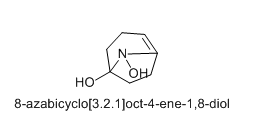
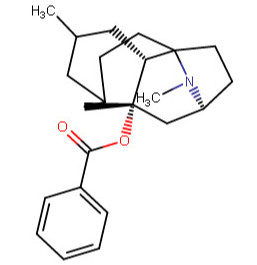


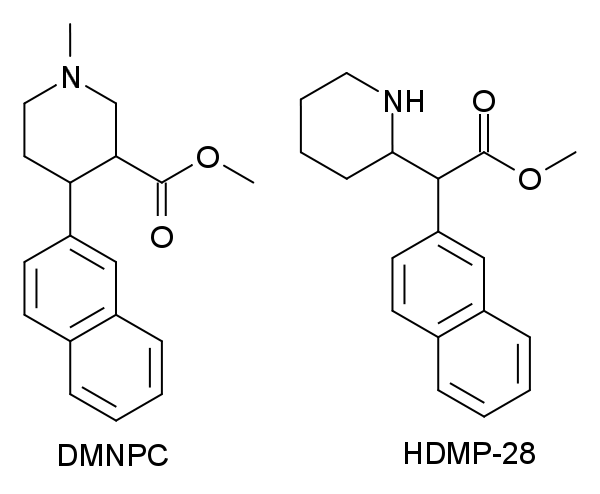
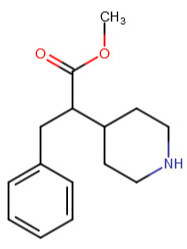


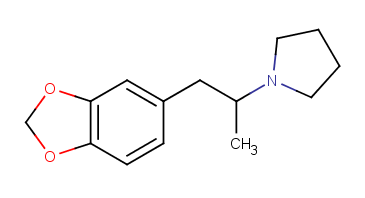
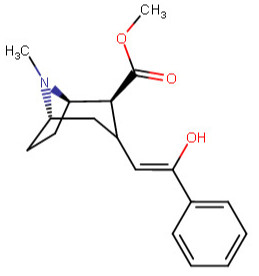
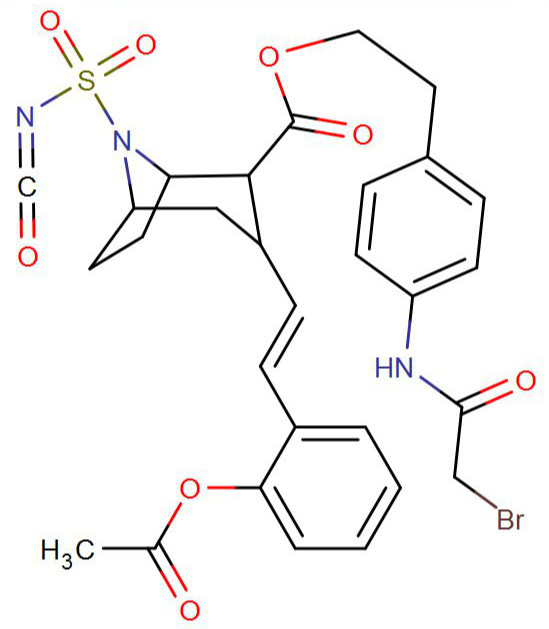
 ACK ACK ACK
ACK ACK ACK 